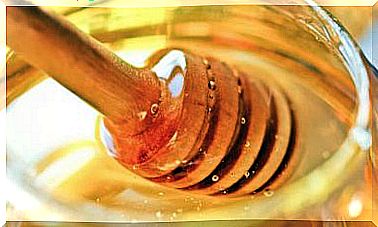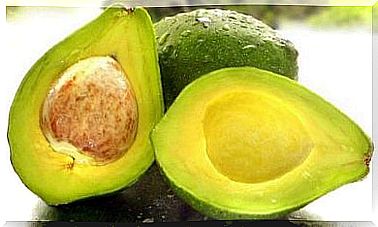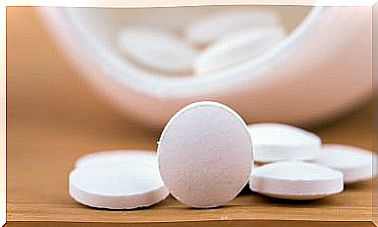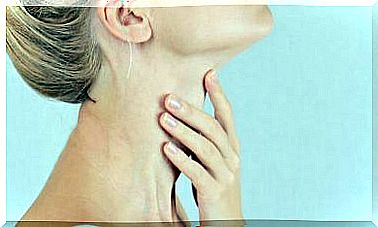Is The Use Of Aluminum Foil To Preserve Our Meals Safe?
The difference in tone of the two sides of the aluminum foil only lies in the manufacturing process, which makes one more shiny than the other.
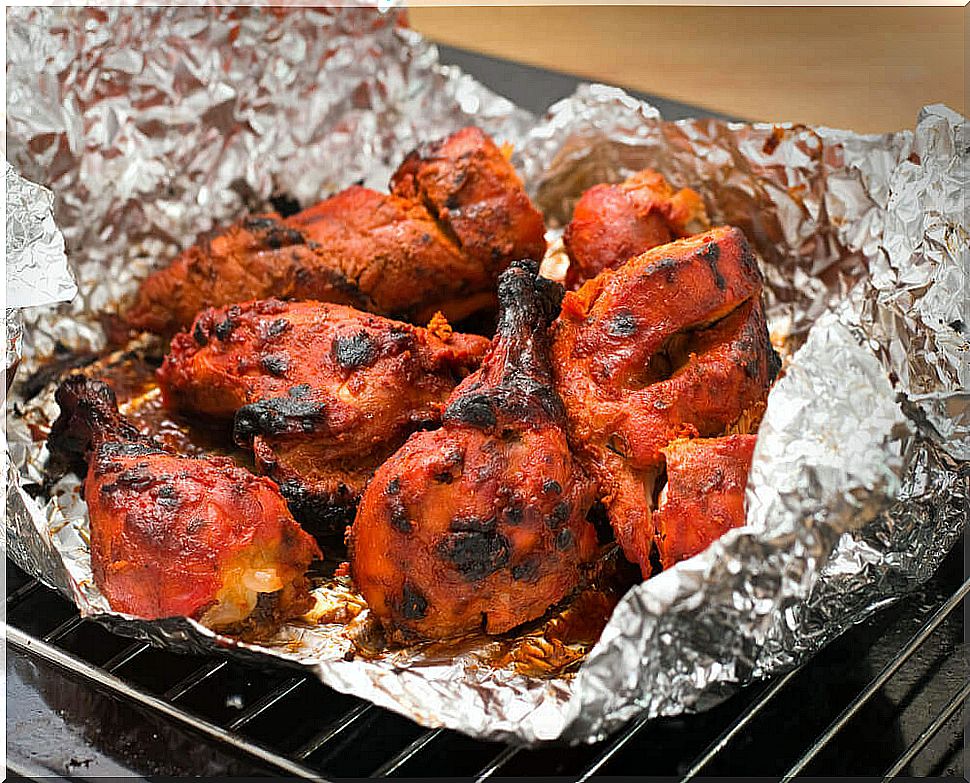
For decades, aluminum foil has been present in kitchens due to its versatility and myriad of uses. It is used to wrap, preserve or cook food. However, in recent years its use has become a subject of debate.
A question that sometimes arises is this: Why does household aluminum foil have a dull side and a shiny side? Which side should be used to wrap the food?
Among the technical answers, the one that is handled in a popular way is that it is made in this way so that the bright side can reflect the heat on the food that is going to be cooked wrapped in this paper. The reason is, say those who use it, that shiny surfaces reflect heat and light.
Although there is a lack of evidence to say that aluminum foil can influence disease development, there is evidence that using it for cooking could be problematic. But what are the real risks of using aluminum foil in the kitchen?
Small amounts of aluminum could seep into food
According to data from the European Food Safety Authority (EFSA), the presence of aluminum in the diet is mainly attributed to the aluminum content in the food we eat, and not so much to the utensils we eat. we use to cook or package them.
However, recent research has shown that using aluminum foil for cooking can leach some of the metal into the food. The higher the cooking temperature, the greater the seepage appears to be.
A 2012 study also concluded that the level of filtration was higher with the cooking of acidic foods such as tomatoes or citrus fruits.
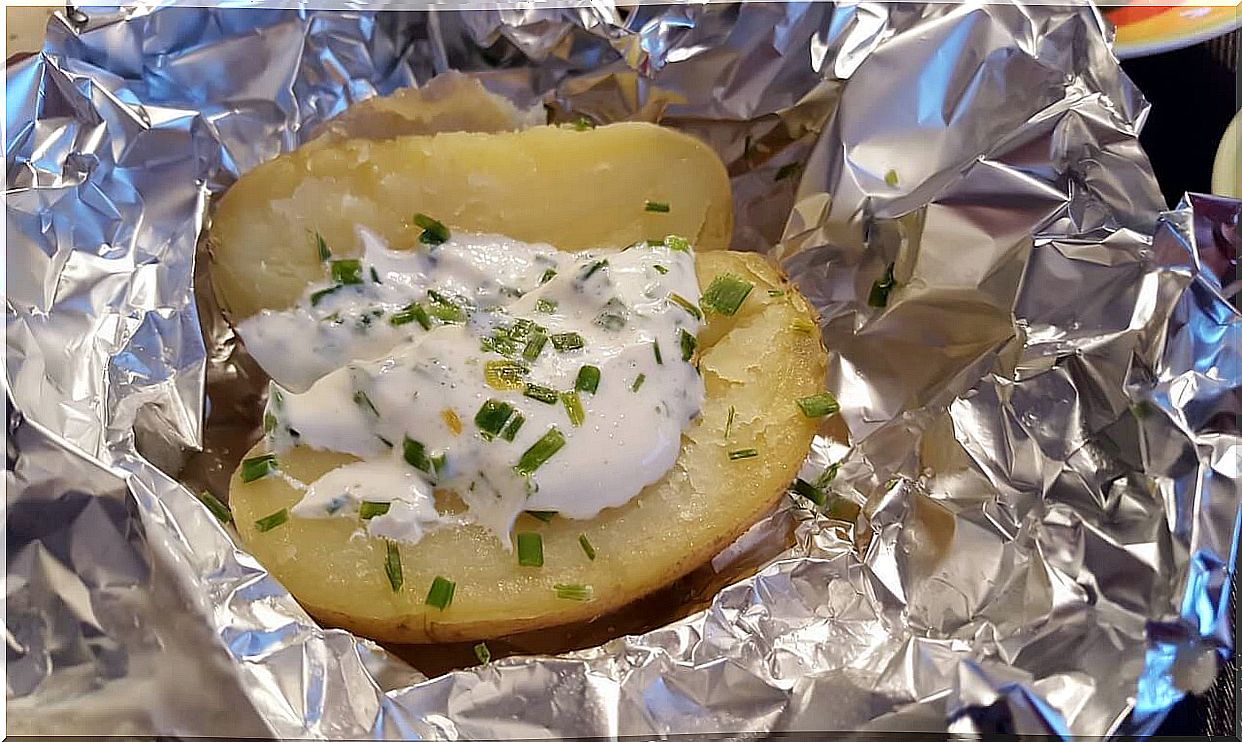
Possible health problems in the medium and long term
When aluminum reaches the body, it is distributed and accumulates in most of the body’s tissues, especially in the bones. The risk would be higher in pregnant women due to the possibility that aluminum could cross the placenta and reach the brain of the fetus.
The accumulation of this metal in the brain and nervous system has been associated with the development of neurodegenerative diseases such as Alzheimer’s, and even with some types of cancer and infertility. However, many of these associations remain controversial.
Both EFSA and the United States Agency for Toxic Substances and Diseases Registry (ATSDR) say that we are all exposed to low levels of aluminum through the air, water, soil and food. that we consume, but only when exposure is high can it cause health problems.
Environmental pollution
The aluminum foil industry is considered one of the most polluting that exists due to the environmental impact it generates. Aluminum is a metal that is extracted from a mineral, bauxite. Its extraction process generates waste, pollutes rivers and aquifers and requires high energy consumption.
Tips for putting aluminum foil to better use

- Aluminum foil can be used on either side. The difference between a matte and a glossy surface is in the manufacturing process. In the last phase, one of the sides is polished, which is brighter than the other.
- The use of aluminum foil to wrap acidic foods such as tomatoes or any of its derivatives should be avoided. Instead of this material you can choose to use plastic wrap.
- Avoid lining the oven with aluminum foil so that it does not get dirty. This can affect the heat distribution and the correct operation of the appliance.
- To keep food warm it is best to use glass containers.
It is important to emphasize that, although aluminum in food can be toxic, the presence of the metal cannot be attributed to the use of aluminum foil to preserve it.
More studies are needed to clarify the possible risk that aluminum foil can pose to the consumer. Meanwhile it is advisable not to use it to cook at high temperature, and less if the cooked food is citrus.
MalditaCiencia experts point out that aluminum foil does not have a toxic side and that food can be wrapped on either side. It is only toxic when ingested.


